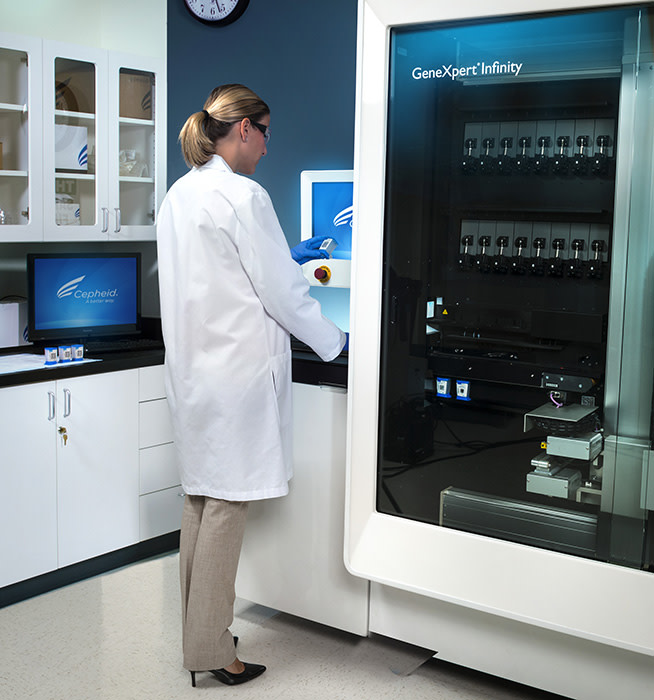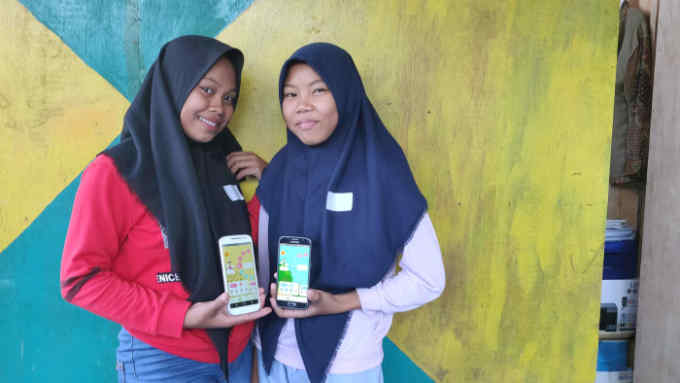South Africa’s digital health travails provide useful lessons

Roula Khalaf, Editor of the FT, selects her favourite stories in this weekly newsletter.
While technological advances and mobile phone penetration offer the potential to reduce inequalities and improve health outcomes, South Africa’s approach offers useful lessons for policymakers elsewhere.
Despite great promise, telemedicine projects in the late 1990s failed to improve access to health services for rural communities. One reason was the complexity of trying to merge 14 different manually operated administrations into a unified national health system.
Poor connectivity limited applications to uses, such as teleconferences, rather than functions, such as giving rural radiology services access to urban facilities for interpretation and clinical guidance. Informatics and technology skills were also scarce in the health sector.
The projects were costly but did not deliver an integrated and interoperable national health information system as rapidly or effectively as intended.
South Africa took a first step in 1996 with the District Health Information System. It has since been embedded in health facilities across all provinces for routine data collection, collation, integration, storage, analysis and utilisation for decision making. It is now web-based, which improves data quality and reduces input errors.
There have since been many significant innovations. For example, South Africa has become adept at utilising the GeneXpert test to accelerate the diagnosis of tuberculosis, facilitating rapid collection and collation of results using the cloud. The technology has since served as a platform for diagnosis of other diseases, including Covid-19.
Mobile technology has also helped improve antenatal care. Using text messages, MomConnect allows pregnant women to access maternal health and education services, providing advice and avoiding long waits in clinics. But the journey has not always proved easy, as highlighted by the insufficient integration of different systems. A study in 2011-12 identified 42 disparate health information systems across South Africa. Individual patient data could not be produced nationally because the systems did not interconnect. Files were duplicated, queues were long and administration poor.

There has since been greater focus on the need to synchronise systems. The District Health Barometer has transformed data into usable form, aiding decision making. It has strengthened district-level health planning, informing evidence-based and data-driven health plans.
A plethora of electronic systems flooded the market in recent years, with no easy way for them to function together and no consistency or assurances over security.
Although South Africa requires interoperability for such systems, the level of compliance to standards varies in different hospitals, especially where interconnectivity with medical equipment and devices is needed. It is going to take time to achieve full implementation.
Valid, consistent data has also been a concern. Successful implementation only ever remains as good as the user who inputs it and the managers who interpret it. Accurate capture requires understanding of health indicator definitions. Reports submitted from peripheral facilities tended to be overestimated. Prior to the creation of the Health Patient Registration System (HPRS) — designed to improve patient data collection — there were instances of headcounts being duplicated.
One outstanding issue is poor connectivity — health systems need more equitable access to high-quality telecoms infrastructure. This has been a particular difficulty in remote areas. People’s technology skills must also be improved.
The next stage is system consolidation using the HPRS as a base to create electronic medical records. Links to laboratory systems will be followed by connecting this data with radiology, pharmacy and clinical information.
Until now, integrated electronic systems have been largely confined to private sector health providers. Those in the public sector have been mainly focused on compliance, although there are initiatives under way to introduce robotics and e-prescriptions. There is potential to do more to monitor stock levels in pharmacies using mobile technology, expand logistics to improve patient care for people on chronic medication, and provide virtual prescriptions and electronic dispensing.
South Africa’s experience shows that digital technology has considerable scope to transform health for the entire population, as long as it is done in close partnership to ensure fairer and co-ordinated access for all.
Malebona Matsoso is a former director-general of health in the South African government

Comments